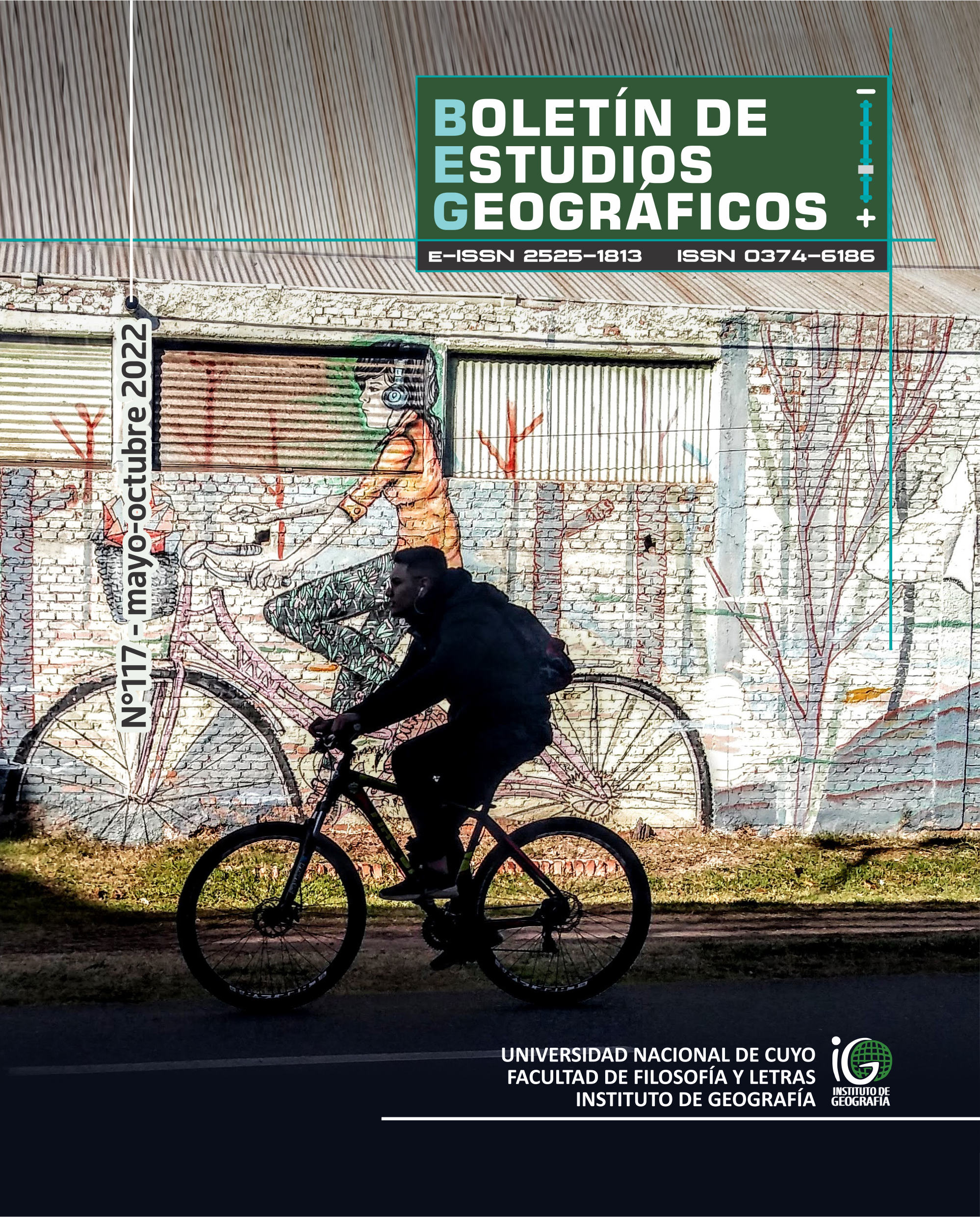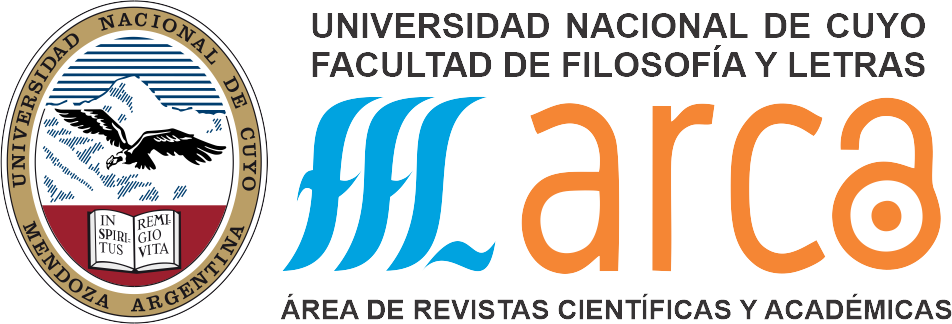Using water rights to identify groundwater density areas in the Sonora River basin
DOI:
https://doi.org/10.48162/rev.40.013Keywords:
Kernel density, aquifer overexploitation, groundwater, water rights, water pressure, Sonora riverAbstract
Justification: Although there is general information on the aquifers water balance, it is relevant to have methods to specify which are the most overexploited areas and for which kind of water use.
Objective: This study identifies the areas with the highest density of groundwater use in the aquifers of the Sonora River basin.
Methodology: The analysis is based on georeferencing 5,342 groundwater right titles, which are converted into areas using the Kernel density method.
Results: Seven areas of high-medium density and 10 of medium density are identified. The volume of water and its main uses are estimated for each area.
Limitations: Data time period correspond to June 2014.
Value: The data time period may be an advantage for subsequent studies, since it provides information on the baseline state prior to the August 2014 mining spill.
Conclusions: The method employed allows the identification of water stress areas and might help prevent the overexploitation of aquifers with high level of extraction.
References
Baxter, M. J., & Beardah, C. C. (1997). Some archaeological applications of kernel density estimates. Journal of Archaeological Science, (24), 347-354. https://doi.org/10.1006/jasc.1996.0119
Cai, X., Wu, Z., & Cheng, J. (2013). Using kernel density estimation to assess the spatial pattern of road density and its impact on landscape fragmentation. International Journal of Geographical Information Science, 27(2), 222–230. https://doi.org/10.1080/13658816.2012.663918
CONAGUA. (2011). Estadísticas del agua en México 2011. Comisión Nacional del Agua. Recuperado de http://www.conagua.gob.mx/CONAGUA07/Publicaciones/Publicaciones/SGP-1-11-EAM2011.PDF
CONAGUA. (2013). Programa Detallado de Acciones de Gestión Integral para la Restauración Ecológica del Río Sonora. Comisión Nacional del Agua.
CONAGUA. (2014). Registro Público de Derechos de Agua. Hermosillo, Sonora: Comisión Nacional del Agua.
CONAGUA. (2015). Actualización de la disponibilidad media anual de agua subterránea de acuíferos del Estado de Sonora. Comisión Nacional del Agua. Recuperado de www.conagua.gob.mx
CONAGUA. (2018). Estadísticas del agua en México. Comisión Nacional del Agua. Recuperado de http://sina.conagua.gob.mx/publicaciones/EAM_2018.pdf
Díaz-Caravantes, R. E., Durazo-Gálvez, F. M., Vázquez, J. L. M., Tagles, H. D., & Pablos, N. P. (2021). Las plantas potabilizadoras en el río Sonora: Una revisión de la recuperación del desastre. Región y sociedad, (33), e1416-e1416. (Sonora, Mexico). https://doi.org/10.22198/rys2021/33/1416
Díaz-Caravantes, R. E., & Wilder, M. (2014). W., Cities and Peri-urban Communities: Geographies of Power in the Context of Drought in Northwest Mexico. Water Alternatives, 7(3), 499-517.
Espinosa, N., Monsalve, J., & Gómez, S. (2013). Análisis de la metodología de los Sistemas de Información Geográfica (SIG) en la cartografía de la guerra en Colombia. Tabula Rasa, (19), 315-353. https://doi.org/10.25058/20112742.166
Famiglietti, J. S. (2014). The global groundwater crisis. Nature Climate Change, 4(11), 945-948. https://doi.org/10.1038/nclimate2425
Green, T. R., Taniguchi, M., Kooi, H., Gurdak, J. J., Allen, D. M., Hiscock, K. M., … Aureli, A. (2011). Beneath the surface of global change: Impacts of climate change on groundwater. Journal of Hydrology, 405(3), 532-560. https://doi.org/10.1016/j.jhydrol.2011.05.002
INEGI (2021). Censo Población y Vivienda 2020. Instituto Nacional de Estadística y Geografía.
Llamas, M. R., & Custodio, E. (Eds.). (2002). Intensive Use of Groundwater: Challenges and Opportunities. Lisse ; Exton, PA: CRC Press.
Pallanez, M. (2002). Valoración económica de los servicios ambientales sustentados por la presa Abelardo Luján Rodríguez los casos del agua y la fauna, 1990-2000. Tesis de Maestría, El Colegio de Sonora.
PBL Netherlands Environmental Assessment Agency. (2014, septiembre 1). Towards a world of cities in 2050. Recuperado de PBL Netherlands Environmental Assessment Agency website: https://www.pbl.nl/ en/publications/towards-a-world-of-cities-in-2050-an-outlook-on-water-related-challenges
Pineda Pablos, N., Moreno Váquez, J. L., Salazar Adams, A., & Lutz Ley, A. N. (2014). Derechos de agua y gestión por cuencas en México: El caso del río Sonora. Espiral, 21(61), 191–225.
Romo León, J. R., Castellanos Villegas, A., & Méndez Estrella, R. (2014). Programa de medidas preventivas y de mitigación de la sequía—Consejo de Cuenca Alto Noroeste. México D.F.: Comisión Nacional del Agua. Recuperado de www.pronacose.gob.mx/pronacose14/contenido/documentos/IMTA_CONAGUA%20cue nca%20Noroeste%20salida.pdf
Scott, C. A., Dall’erba, S., & Díaz-Caravantes, R. E. (2010). Groundwater rights in mexican agriculture: Spatial distribution and demographic determinants. The Professional Geographer, 61(1), 1-15.
Shiklomanov, I. (1998). World water resources: Modern assessment and outlook for 21st century – ScienceOpen. Federal Service of Rusia for Hidrometorology & Environment Monitoring State, Hidrological Institute. Recuperado de https://www.scienceopen.com/document?vid=6ee377e9-3ae7-4826-9473-55e12143477f
Silverman, B.W. (1986). Density estimation for statistics and data analysis, Chapman and Hall, New York.
Spencer, J., & Angeles, G. (2007). Kernel density estimation as a technique for assessing availability of health services in Nicaragua. Health Services and Outcomes Research Methodology, 7(3), 145-157. https://doi.org/10.1007/s10742-007-0022-7
UNESCO, & ONU-Agua. (2020). Informe Mundial de las Naciones Unidas sobre el Desarrollo de los Recursos Hídricos 2020: Agua y Cambio Climático. París: United Nations Educational, Scientific and Cultural Organization. Recuperado de https://es.unesco.org/themes/water-security/wwap/wwdr/2020
Zhang, Z. M., Wang, X. Y., Zhang, Y., Nan, Z., & Shen, B. G. (2012). The Over Polluted Water Quality Assessment of Weihe River Based on Kernel Density Estimation. Procedia Environmental Sciences, (13), 1271–1282. https://doi.org/10.1016/j.proenv.2012.01.120
Downloads
Published
How to Cite
Issue
Section
License
Copyright (c) 2022 Rolando Enrique Díaz Caravantes, Nicolás Pineda Pablos, Maribel Pallanez Murrieta

This work is licensed under a Creative Commons Attribution-NonCommercial 4.0 International License.


























